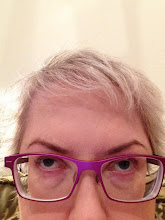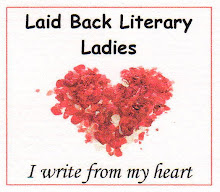
Saturday, March 27, 2010
Batteries Not Included

Sunday, March 21, 2010
Willoughby's Return by Jane Odiwe - a review
Wednesday, March 17, 2010
"I think he must be Irish by his ease"
Sunday, March 14, 2010
![[CreativeWriter_liar.jpg]](http://2.bp.blogspot.com/_3E7_2rxKKj4/S5azMcxgcdI/AAAAAAAAALo/uL28M_M2BOQ/s1600/CreativeWriter_liar.jpg)
Thursday, March 4, 2010
"Jane Bites Back", a review
Tuesday, March 2, 2010
Horror in Fiction Land!
Most people grow up, figure out who they are, and leave home – once.
After the sudden death of her husband, thirty-five year old Emma Thomas has to do it all over again.
On her journey she battles her manipulative mother-in-law whose plans for Emma's future border on the incestuous; unearths a number of family skeletons; and encounters bullying of various forms.
She also finds a second chance at love – if she can forgive herself for taking it.
When I was close to finishing the first draft I asked two friends - lets called them Ann and Amy - to read it for me and give some honest feedback. That's when "it" happened.
Both of those early readers read the book, and decided - independently of each other - that the love interest in my work of fiction was based on a mutual friend: a happily married man with three children and the husband of another close friend, who we'll call Alice.
Their basis for this assumption? The fact that I had told them I had gained inspiration for my character's house from Alice's new house; and that his name had the same first initial. That's it.
What could I do? I laughed it off and reminded them that this was fiction.
And changed the character's name.
Two weeks ago I had a girls' night out with Ann, Amy and Alice. Foolishly I mentioned something about my progress on getting published, and Ann and Amy burst out laughing. Then they decided to tell Alice about my supposed lust for her husband.
Yep.
After I'd finished turning an incriminating shade of scarlet, and had failed to ooze through a crack in the floor, I tried to laugh it off again. Alice didn't seem terribly impressed, but I think she saw the funny side.
When we were leaving, she said she was going to tell her husband.
Oh God.
Every Friday a gang of us meet for breakfast and a natter; it's a date that's carved in stone. When Alice's husband turned up and sat down opposite me I didn't know where to look. It was like being back in primary school, when your friend has told his friend that you like him, but you don't know if his friend has told him yet, so you're trying to act cool...
Except we're not in primary school, and I really, really don't have a crush on my friend's husband.
It's fiction, people!









